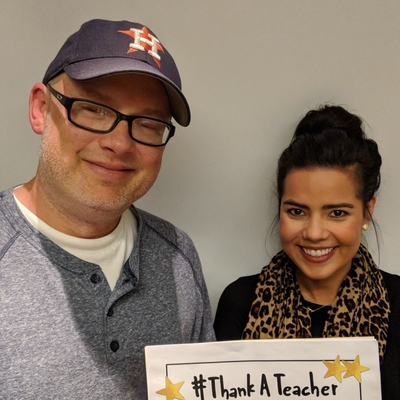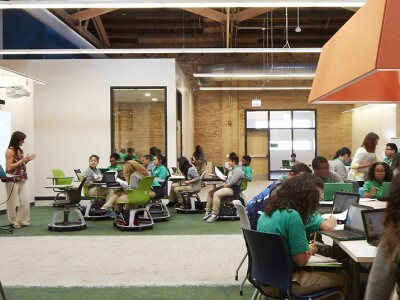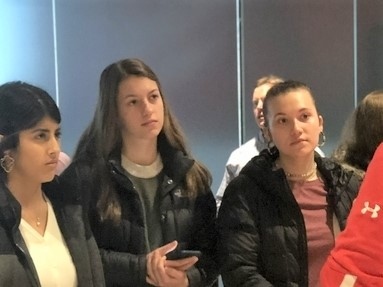How Personalized Learning Models Support Social and Emotional Learning
Topics
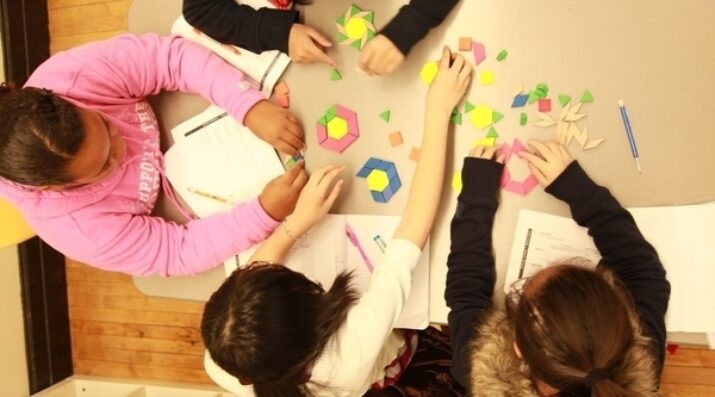
We’ve all had the experience of truly purposeful, authentic learning and know how valuable it is. Educators are taking the best of what we know about learning, student support, effective instruction, and interpersonal skill-building to completely reimagine schools so that students experience that kind of purposeful learning all day, every day.
Personalized learning can reinforce social and emotional learning like growth mindset and relationship-building through collaborative learning, performance-based tasks, and ongoing reflection.
A growing body of evidence in the cognitive sciences shows how social and emotional skills shape academic outcomes and build habits for lifelong success. According to the Collaborative for Academic, Social, and Emotional Learning, or CASEL, social and emotional learning is defined as “the process through which all young people and adults acquire and apply the knowledge, skills, and attitudes to develop healthy identities, manage emotions and achieve personal and collective goals, feel and show empathy for others, establish and maintain supportive relationships, and make responsible and caring decisions.”
Thanks to organizations like CASEL, there is now greater awareness about the need to fully integrate social and emotional learning into an academic context. As schools have had to make emergency transitions to remote learning environments, tending to students’ social and emotional needs—including trauma-informed learning, relationship-building amid crisis, and more—is an increasingly top priority for educators and district leaders.
Learning math isn’t just about memorization and being graded on a high-stakes summative test. It’s also about learning collaboratively with peers, building relationships with adults, and developing executive functioning skills. Here are some specific ways that personalized learning of mathematics reinforces social and emotional learning.
Fostering Growth Mindset
Growth mindset is the belief that thoughtful effort and dedication, not innate ability or talent, is the key to learning. In education, students with a growth mindset see mistakes as valuable and actively work to learn from failure. In contrast, students with a fixed mindset hold the misconception that intelligence is fixed at birth, despite research showing that people can actively increase their cognitive abilities throughout their lives.
Growth mindset is a natural complement to personalized learning in a critical way. First, personalized learning models are about the process of learning as much as they are about outcomes or test scores. Mastery-based learning is a philosophy that counters traditional classroom instruction. Instead of teaching to a standardized, grade-level test, a personalized learning model is designed to meet students where they are and ensure they learn and demonstrate mastery of key academic skills.
It’s important that at every point of a student’s learning journey, they are able to see what skills they’ve mastered and which ones they still need to learn. Giving students clear learning goals and frequently measuring their progress through low-stakes formative assessments provides opportunities to recognize their successes and learn from mistakes.
In addition to having students set learning goals and reflect on those, a growth mindset can be reinforced in math class by creating a culture where they can make multiple attempts to demonstrate concept mastery.
Building Relationships
Building strong relationships in school communities, between teachers and students as well as among teachers, is a powerful tool for social and emotional learning. Giving students a chance to work with and learn from multiple teachers helps them develop relationships with multiple adults. In turn, the teachers are working together to address the individual learning needs of each student. Understanding more about our students outside of the classroom is just as important as the academic performance data. Tools like this student 360 information tracker, helps teachers keep track of the personal experiences and interests of their students in order to build strong, meaningful relationships.
Now, with education increasingly delivered virtually and online, families are even more important parts of this relationship dynamic. When parents and families have access to their child’s personalized learning journey, they can see what their child is working on and easily work with teachers on how to best support students at home.
Collaborative Teaching
In traditional school models, teachers often work independently. They’re in their own classrooms, they teach their own students, they teach their own lessons, and they teach in their own ways. But with Teach to One’s personalized learning model, we’ve seen the benefits of a communal approach, where teachers share the students. First, it means students have the opportunity to establish positive and trusting relationships with multiple adults over the course of the school year. Instead of having just one math teacher, students will get to know and learn from all of a school’s math teachers. Second, the collaborative teaching orientation encourages teachers to work together more closely, which can help them provide more holistic support for a student’s needs. One way you can encourage collaborative teaching is through common planning time. It can be challenging to find time in a busy school day, especially when limited by a traditional class schedule, but it will pay off by stronger relationships with teacher colleagues and students.
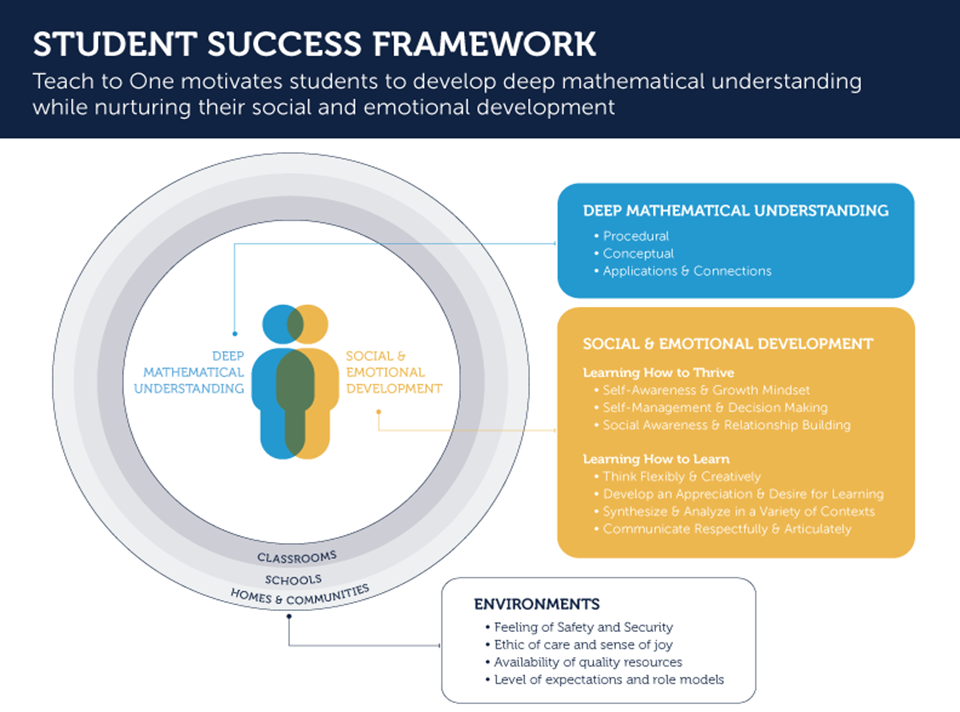
Student Success Framework: Learning how to thrive and learn (Courtesy of New Classrooms Innovation Partners)
Students learning with Teach to One 360 build their social and emotional development through collaborative learning, performance-based tasks, and ongoing reflections. New Classrooms’ Student Success Framework identifies two dimensions of student social and emotional development that guide our program design: learning how to thrive and learning how to learn. In these areas, Teach to One 360 includes specific, transferable skills that can support students throughout their learning:
Goal Setting: Setting goals and reflecting on performance every two to three weeks as part of their growing self-management
Social Awareness: Providing feedback to their peers in collaborative learning modalities and performance-based assessments as a way to build social awareness
Agency: Building their sense of agency through the ability to “prove” they already understand self-selected math skills
Growth Mindset: Growing in self-awareness as learners with a positive mindset as they experience multiple tries on skills within a competency-based model
Relationships: Developing supportive social relationships with adults and peers through a math advisory structure.
Self Management: Building self-management skills through independent learning experiences such as note taking routines and tracking progress.
Photo at top courtesy of New Classrooms Innovation Partners.

